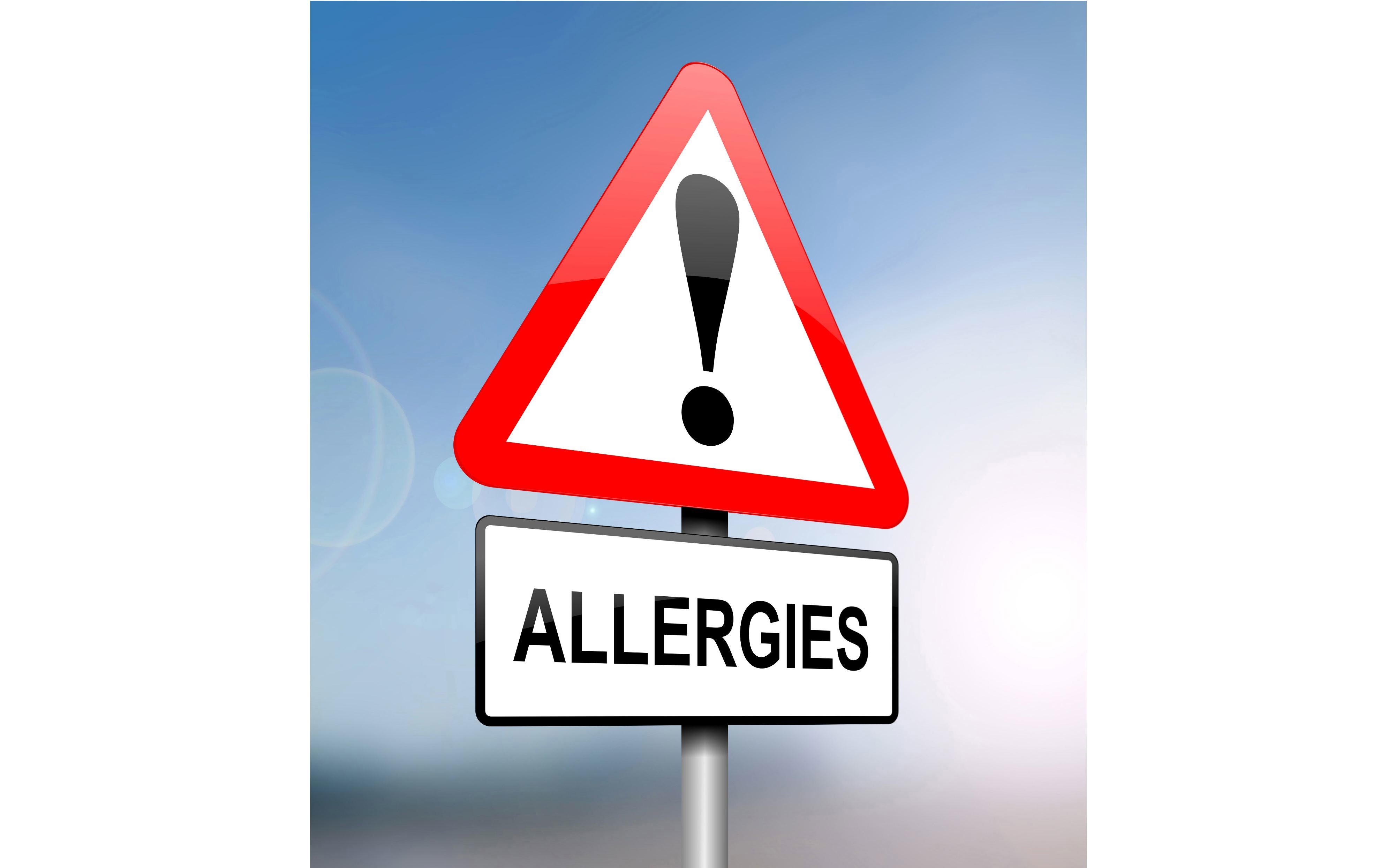ANAPHYLAXIS


What is it?
In severe cases a food allergy can lead to anaphylaxis. Anaphylaxis is a severe allergic reaction which causes a shock to the body and can result in death in extreme cases. This can happen very quickly (within minutes) and even a very small amount of the food allergen can cause an anaphylactic shock.
The following symptoms can occur during anaphylaxis (but a person may not have all of them):
- skin flushes
- itchy skin rash (hives)
- sense of impending doom
- swelling of the mouth/throat
- swallowing or speech difficulties
- heart rate changes
- severe asthma
- abdominal pain, nausea and vomiting
- drop in blood pressure and feeling weak
- collapse and unconsciousness
Further information
Please see the following pages for detailed information about anaphylaxis:
The NHS (2014) advises that:
‘Anaphylaxis should always be treated as a medical emergency.’ Tell the operator that the person has had an anaphylactic/severe allergic reaction.
‘Some people with a previous history of anaphylaxis will have an auto-injector of adrenaline.’ This is referred to as an EpiPen or Jext in the UK. ‘This should be injected into their outer thigh muscle and held in place for 5-10 seconds. A second dose may also be needed if the person improves and then becomes unwell again.’
‘Instructions for how to use these auto-injectors can be found on the side of each device.’
If the person is conscious ‘the person should lie flat with their legs raised on a chair or a low table. If they are having difficulty breathing, they should sit up to make breathing easier.’
‘If the person is unconscious, you should move them in to the recovery position (on their side, supported by one leg and one arm, with the head tilted back and the chin lifted). If the person’s breathing or heart stops, cardiopulmonary resuscitation (CPR) should be performed.’
‘Further treatment will be carried out in hospital.’
References:
Allergy UK (2012) www.allergyuk.org
Anaphylaxis Campaign (2013) www.anaphylaxis.org.uk
NHS (2014) http://www.nhs.uk/conditions/anaphylaxis/pages/introduction.aspx
Please note this information has been produced using only reliable and evidence-based (where possible) sources. Information is however not exhaustive and may change frequently so please always check the links given in case information has changed.
Version 2 Produced January 2016 Review date 4th December 2016

